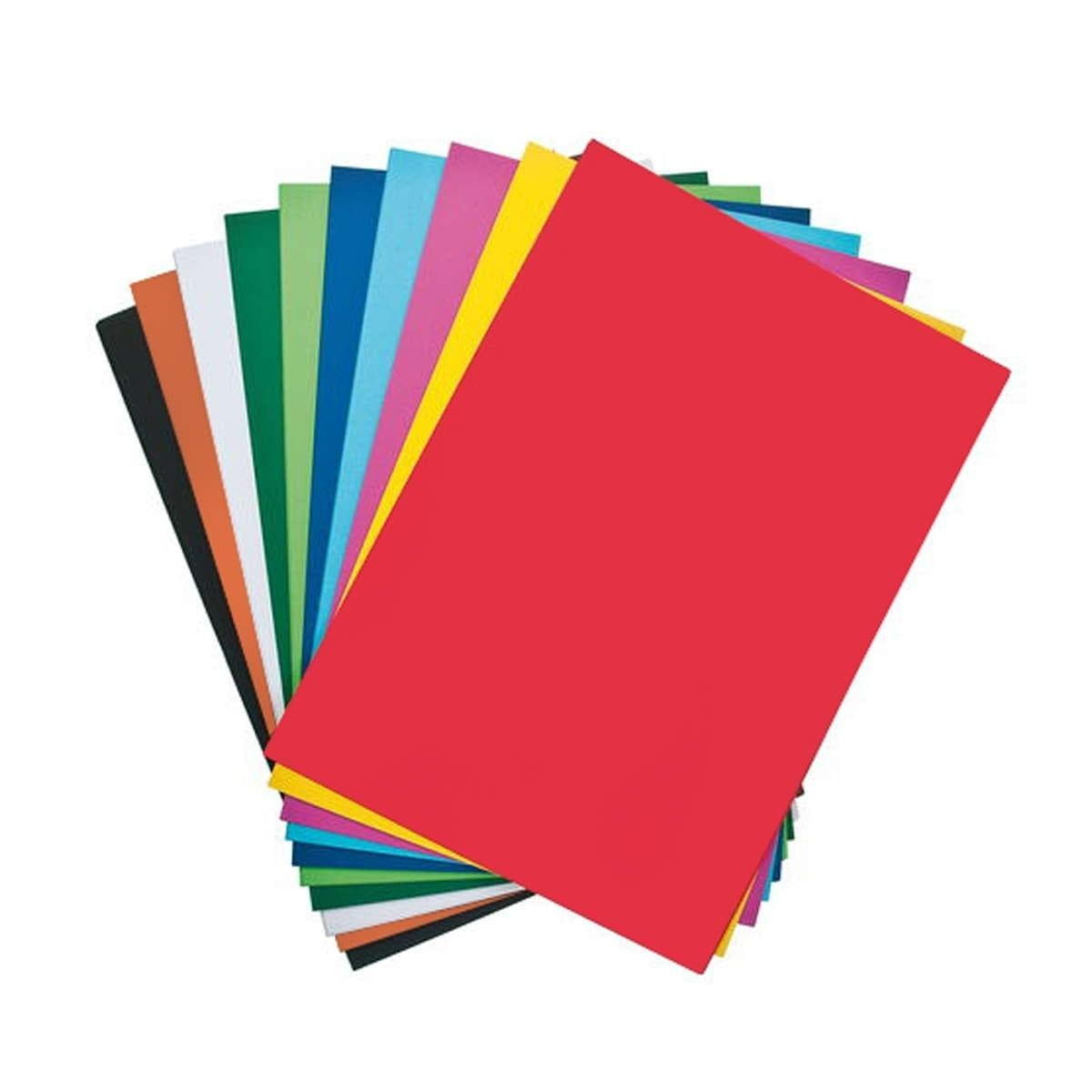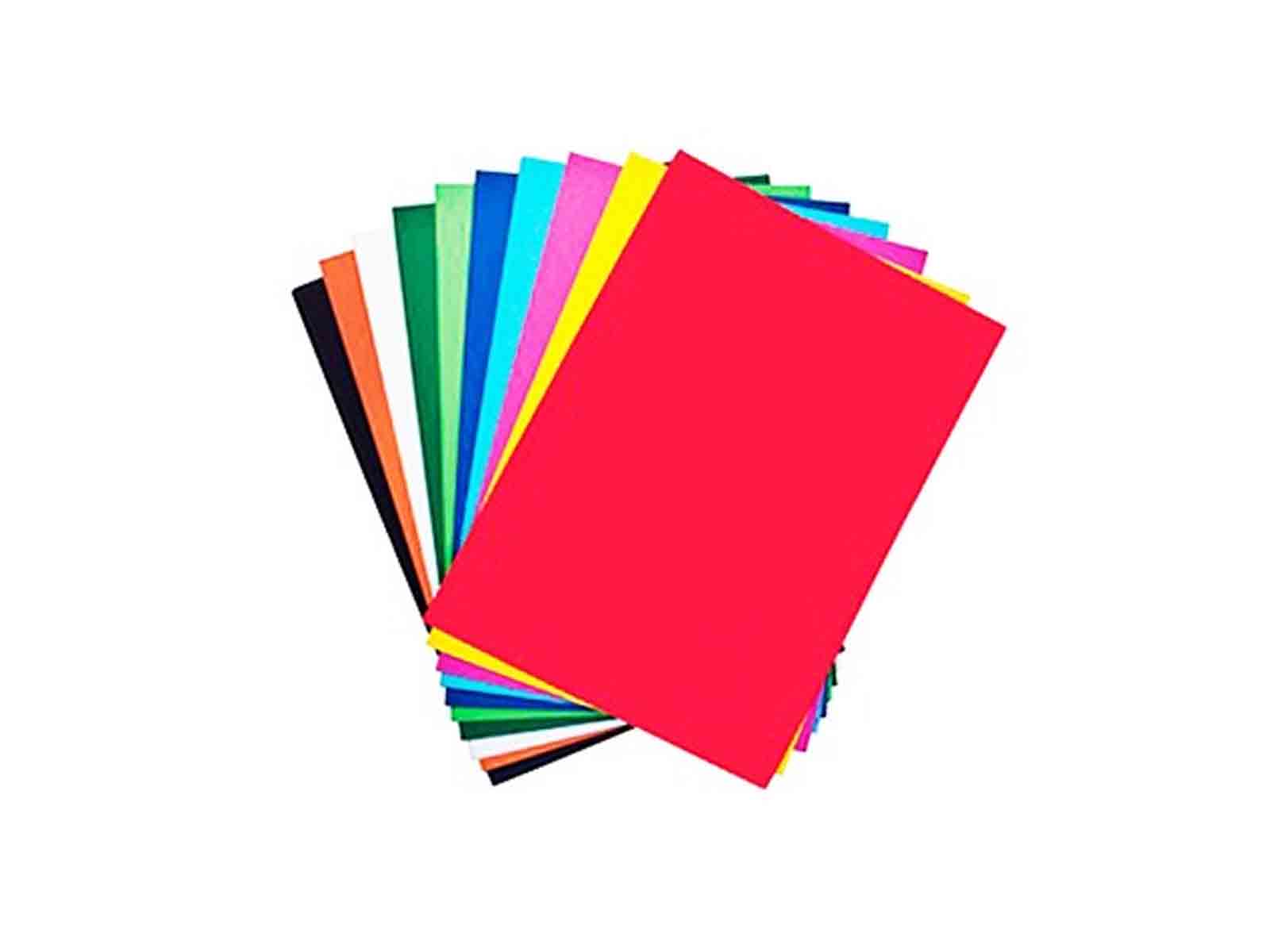When it comes to crafting and designing with Canson cardstock, one of the most critical considerations is determining the optimal blade depth for cutting. This task is not as straightforward as it seems, given the variety of materials and tools available in the market today. Many crafters and artists face the challenge of achieving precise cuts without damaging the material or wasting resources. In this comprehensive guide, we'll explore the factors influencing blade depth for Canson cardstock, and provide practical insights to help you master this essential skill.
Canson cardstock is renowned for its quality and versatility, making it a favorite among artists, designers, and hobbyists alike. However, its varied thickness and texture can present a challenge when it comes to cutting. The key to success lies in understanding the nuances of the material and how different cutting tools interact with it. By the end of this article, you'll be equipped with the knowledge to make precise and clean cuts every time.
Whether you're using a manual cutting machine or an electronic one, knowing the right blade depth is crucial. Too shallow a cut can lead to incomplete designs, while too deep a cut can damage the cutting mat and the material itself. Join us as we delve into the best practices for cutting Canson cardstock, ensuring your projects are executed flawlessly and efficiently.
Read also:Shocking Truth About Mj Dead Photo Facts You Need To Know
Table of Contents
- Understanding Canson Cardstock
- The Importance of Blade Depth
- Types of Cutting Tools for Cardstock
- Manual Cutting Methods
- Electronic Cutting Machines
- Setting the Right Blade Depth
- Common Mistakes to Avoid
- Tips for Perfect Cuts
- Maintenance of Cutting Tools
- Troubleshooting Cutting Issues
- Frequently Asked Questions
- Conclusion
Understanding Canson Cardstock
Canson cardstock is a versatile material widely used in crafting, scrapbooking, and professional design. Known for its durability and high-quality texture, it is available in various weights and colors, each serving different artistic needs. The cardstock's thickness, measured in pounds or GSM (grams per square meter), affects how it interacts with cutting tools. Canson offers a range of options, from lightweight sheets ideal for delicate projects to heavyweight varieties suitable for robust creations.
The unique surface of Canson cardstock is conducive to various media, including ink, graphite, and paint. Its acid-free composition ensures longevity, making it a preferred choice for archival projects. For crafters and artists, understanding the specific attributes of Canson cardstock is the first step in achieving the desired results in their projects.
The Importance of Blade Depth
The blade depth when cutting Canson cardstock is crucial for achieving clean, precise cuts. Blade depth refers to how far the blade extends from the holder, affecting the cut's depth into the material. An appropriate blade depth ensures that the cut penetrates the cardstock without tearing or leaving jagged edges.
Several factors influence the optimal blade depth, including the cardstock's thickness, the type of cutting tool used, and the intricacy of the design. Setting the blade too shallow may result in incomplete cuts, while a deeper setting might damage the cutting mat or the material underneath. Therefore, adjusting the blade depth to match the specific requirements of the project is essential for success.
Types of Cutting Tools for Cardstock
There are various tools available for cutting Canson cardstock, each offering different advantages and limitations. These tools can be broadly categorized into manual and electronic options. Understanding the capabilities and best applications for each type can help you choose the right tool for your project.
Manual Cutting Tools
Manual cutting tools include scissors, craft knives, guillotines, and rotary cutters. These tools are often favored for their simplicity and control, allowing for precise cuts with minimal equipment. They are ideal for small projects or when working with intricate designs that require a steady hand.
Read also:The Life Career And Controversies Of Steve Nunn Kentucky
Electronic Cutting Machines
Electronic cutting machines, such as Cricut and Silhouette, offer advanced capabilities for cutting Canson cardstock. These machines use software to guide the blade, allowing for intricate designs and consistent cuts. They are well-suited for larger projects or when precision is paramount. Understanding the settings and blade options for these machines is essential for optimal performance.
Manual Cutting Methods
Manual cutting methods rely on hand-held tools and can be highly effective with the right technique and tools. Scissors are often the go-to tool for simple cuts, while craft knives provide more precision for detailed work. Guillotines and rotary cutters are used for straight, clean cuts and can handle multiple sheets at once.
When using manual tools, it's important to maintain a steady hand and consistent pressure. This ensures that the cuts are clean and precise. Additionally, using a cutting mat can protect surfaces and prolong the life of the cutting tool.
Electronic Cutting Machines
Electronic cutting machines have revolutionized the crafting world, offering unparalleled precision and efficiency. These machines come with adjustable settings that allow users to tailor the blade depth and speed to match the material and design complexity. Brands like Cricut and Silhouette provide a range of machines with various capabilities, from basic models for beginners to advanced options for professional use.
To achieve the best results with electronic cutting machines, it's essential to understand the software and settings. Most machines come with pre-set options for different materials, but customization may be necessary for unique projects. Regular maintenance and calibration of the blade and machine ensure consistent performance over time.
Setting the Right Blade Depth
Determining the correct blade depth for cutting Canson cardstock involves trial and error, especially for those new to the material or tool. Start by consulting the manufacturer's recommendations for the specific weight and type of cardstock. Adjust the blade incrementally, testing on a scrap piece of cardstock to ensure accuracy without over-penetrating.
For manual tools, this might mean adjusting the angle and pressure applied. For electronic machines, it involves setting the blade depth and pressure through the software interface. Always check the cut's quality and adjust as needed to achieve the desired results.
Common Mistakes to Avoid
When cutting Canson cardstock, avoiding common mistakes can save time and materials. One frequent error is using the wrong blade type or setting, leading to incomplete or jagged cuts. Another mistake is failing to secure the material, which can cause slipping and uneven cuts.
Overloading the cutting tool by attempting to cut too many sheets at once can also lead to poor results. Ensure the blade is sharp and appropriate for the material to avoid tearing and unnecessary wear. Regular maintenance and replacement of blades prevent these issues and extend the life of your tools.
Tips for Perfect Cuts
Achieving perfect cuts on Canson cardstock requires practice and attention to detail. Here are some tips to enhance your cutting technique:
- Use a cutting mat to protect surfaces and provide a stable base.
- Keep blades sharp and replace them regularly to ensure clean cuts.
- Test settings on scrap material before proceeding with the final cut.
- Secure the cardstock to prevent slipping and ensure precision.
- Adjust blade depth incrementally to find the optimal setting for your project.
Maintenance of Cutting Tools
Proper maintenance of cutting tools ensures longevity and optimal performance. Regularly clean blades and cutting surfaces to remove debris and residue that can affect cutting quality. For electronic machines, follow the manufacturer's guidelines for calibration and maintenance to ensure consistent results.
Storing tools properly, such as keeping blades covered and machines dust-free, prevents damage and extends their life. Periodically checking and tightening any loose parts on manual tools maintains their effectiveness and safety during use.
Troubleshooting Cutting Issues
If you encounter issues when cutting Canson cardstock, troubleshooting can help identify and resolve the problem. Check the blade's sharpness and replace it if it's dull. Ensure the material is properly aligned and secured to prevent slippage. If using an electronic machine, recalibrate the settings and perform a test cut on scrap material.
Sometimes, adjusting the cutting speed or pressure can resolve issues with incomplete or jagged cuts. Refer to the user manual or online resources for specific guidance on troubleshooting your particular tool or machine.
Frequently Asked Questions
Here are some common questions about cutting Canson cardstock and their answers:
1. What is the best tool for cutting Canson cardstock?
The best tool depends on your project needs. For precision and intricate designs, electronic cutting machines are ideal. For straightforward cuts, manual tools like scissors or craft knives may suffice.
2. How do I prevent my cardstock from tearing?
Ensure the blade is sharp and set to the correct depth. Secure the cardstock to prevent movement and use a steady hand or machine settings for accurate cuts.
3. Can I cut multiple sheets of cardstock at once?
While it's possible with some tools, it's best to cut one sheet at a time to ensure precision and avoid overloading the tool, which can lead to poor cuts.
4. How do I choose the right blade for my electronic cutting machine?
Consult the manufacturer's guide for recommendations on blade types and settings based on the cardstock's weight and texture.
5. What should I do if my cuts are uneven?
Check the alignment and stability of the cardstock. Ensure the blade is sharp and appropriately set for the material. Adjust settings as needed and perform test cuts.
6. How often should I replace my cutting blade?
Blade replacement depends on usage frequency and material type. Regularly inspect the blade and replace it if it becomes dull or shows signs of wear.
Conclusion
Mastering the art of cutting Canson cardstock requires understanding the material, selecting the right tools, and setting the correct blade depth. By following the guidelines and tips outlined in this article, you'll be well-equipped to achieve precise and clean cuts for your projects. Regular maintenance and practice will enhance your skills, ensuring that each creation meets your artistic vision with perfection.
For further information and resources, consider visiting Canson's official website for detailed specifications and tips on using their cardstock products.

